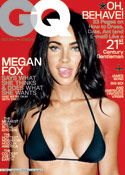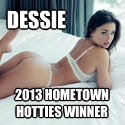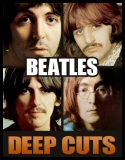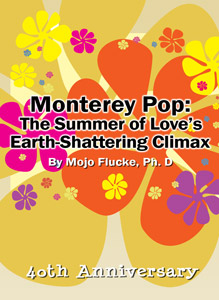
The Monterey Pop Festival took place 40 years ago, June 16-18, 1967. By the calendar it was the closing days of spring. Yet most acid-addled survivors of the era will tell you it was the peak -- or at least the big kickoff – to the Summer of Love. If you had flowers in your hair, a tie-dye on your back, and one dollar in your pocket, you could get in to the first-ever outdoor rock festival. Before that, the folkies and the jazz world had its festivals, but none of them were on the scale of the three days in Monterey that drew more than 200,000 attendees.
More recent traveling festivals such as the H.O.R.D.E ., Warped, and Lollapalooza tours have some charitable aspirations and attempt to stimulate political thought like the artists at Monterey. But these for-profit ventures – including old and new Woodstocks – don't come close. Money from the Monterey's gate (yes, really $1 per person) went to charity. The bands played for free (Ravi Shankar excepted). Sales of Monterey records and DVDs still go to charity.
The Beatles and Beach Boys sat on the festival board of directors, but didn't perform. Instead, the roster included a multicultural lineup of left-coast rock (Jefferson Airplane, Mamas & Papas, the Association, Grateful Dead), Brits (Animals, the Who), soul (Booker T & the MGs, Otis Redding, Lou Rawls), world music (Shankar, Hugh Masekela), and blues (Canned Heat, Electric Flag, the Blues Project).
Two other legendary blues-rock acts made their major-league debuts at Monterey: Big Brother & the Holding Company showcased a young Janis Joplin, who tore up the stage; and Jimi Hendrix, hitherto a stranger in his homeland after getting popular overseas, burned up the stage figuratively and literally, setting his guitar aflame.
There was more than music going on at Monterey. During this momentous time of the Vietnam War, Bobby Kennedy and Martin Luther King, Jr., musicians preached peace and tolerance from the stage. At least some in the crowd appear to have listened, considering the protest movement helped end the war, and while racism still exists in this country, the baby-boomer generation did its part to break the cycle of hate and usher in the era of civil rights. While most of us would love for the old hippies to just shut the hell up and stop reminiscing about the old days, give them their due: Compare those ideas to today's rock festivals, which represent the best of $20 parking, $10 beers, and hoping to hit Mr. Lifto's booth when he hoists iron weights using only his penis.
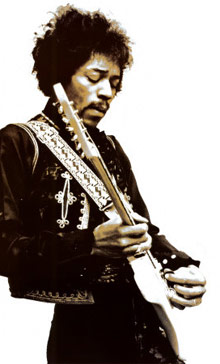 Monterey Pop was the first of its kind, and still ahead of its time: Can any other rock festival boast no deaths, overdoses, or even injuries? Two years later, the Altamont fiasco showed the dark side of rock festivals when bouncer/Hell's Angel Alan David Passaro stabbed and kicked to death a gun-wielding fan named Meredith Hunter. In contrast, the Monterey deputy chief of police was quoted as saying "We've had more trouble at PTA conventions."
Monterey Pop was the first of its kind, and still ahead of its time: Can any other rock festival boast no deaths, overdoses, or even injuries? Two years later, the Altamont fiasco showed the dark side of rock festivals when bouncer/Hell's Angel Alan David Passaro stabbed and kicked to death a gun-wielding fan named Meredith Hunter. In contrast, the Monterey deputy chief of police was quoted as saying "We've had more trouble at PTA conventions."
Even the most peace-minded tattooed freaks belt the crap out of each in the Warped Tour mosh pit. A different kind of fun, a different kind of love. Needless to say, D.A. Pennebaker – the filmmaker who documented both Bob Dylan and the Monterey Pop Festival in the first-ever rockumentaries – isn't taking summers off from teaching classes at Yale to get that junk down on film.
Maybe Monterey made the Summer of Love. Maybe it was the other way around. Maybe the Summer of Love represented an innocence that, once the cherry popped, never could be reclaimed. Maybe it was so good, karma-wise, that its young alumni Otis Redding (26 years old), Janis, Jimi and Canned Heat frontman Alan Wilson (all 27) would be gone soon. Rolling Stones founding member Brian Jones – who attended the festival – died in 1969 at 27. In the 1970s, Mama Cass and Keith Moon joined them in the great gig in the sky before their 33rd birthdays.
Whatever the deal was, there was only one Monterey. Say what you want about the town San Francisco's become, and how the Sixties can be distilled down to a couple bleary-eyed Dennis Hopper lines. Back in the day, however -- with apologies to Boomtown Rat and Live Aid/Live8 mastermind Bob Geldof -- Monterey's lovin' spoonful has yet to be duplicated.




